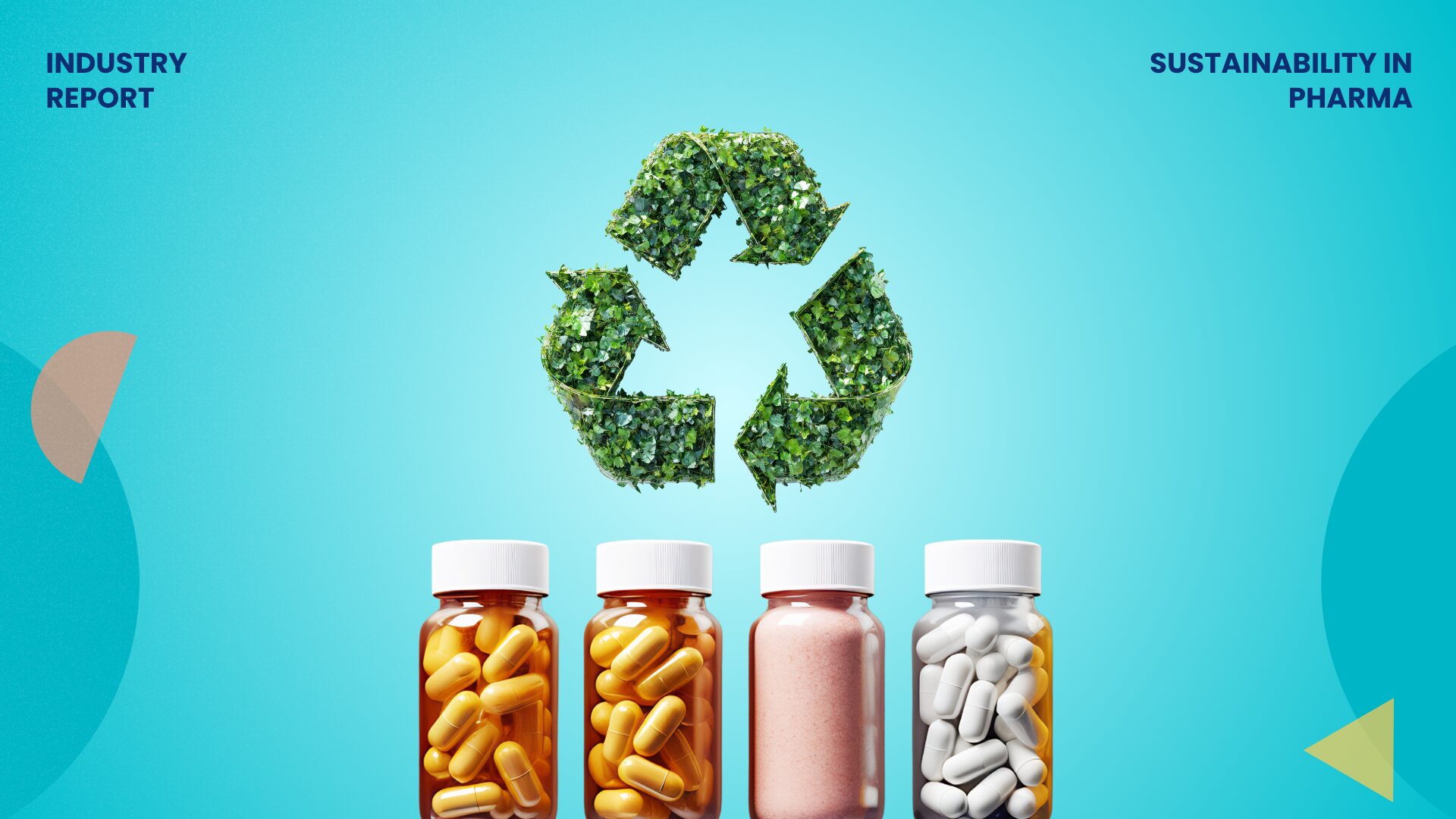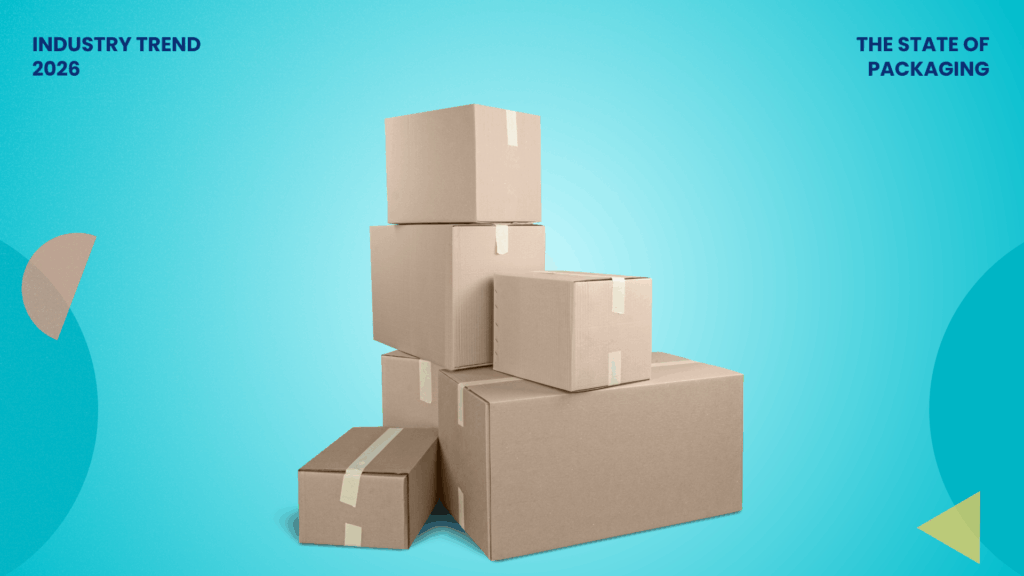ESG-compliant firms attract better funding opportunities and strategic partnerships. In June 2025, Fine Foods & Pharmaceuticals secured a €30 million loan from Intesa Sanpaolo to expand its Pharma Business Unit in Brembate. The loan’s terms offered lower interest rates if Fine Foods achieved sustainability goals, such as energy efficiency and waste reduction. With such loans, Intesa is positioning itself as a key player in ESG-focused financing, mirroring the global trend of integrating sustainability into corporate growth strategies.
Additionally, non-compliance with regulations like PPWR and the EU’s Green Deal can lead to penalties, higher EPR fees, and potential restrictions on market access within the EU. This has led major pharma companies to increase their investments in sustainable initiatives. Today, they spend $5.2 billion yearly on environmental programs, a 300% increase from 2020.
However, pharma executives still face significant challenges in scaling sustainability efforts. Without clarity, they risk wasting company resources on pilots that never scale, or worse, losing trust with regulators, investors, and consumers.
In this article, we decode the sustainability strategies of four pharmaceutical giants, Novartis, Sanofi, Pfizer, and Novo Nordisk, to highlight what’s already working and where the opportunities lie. The analysis reveals the specific strategies, partnership models, and sustainability performance metrics of these industry leaders.
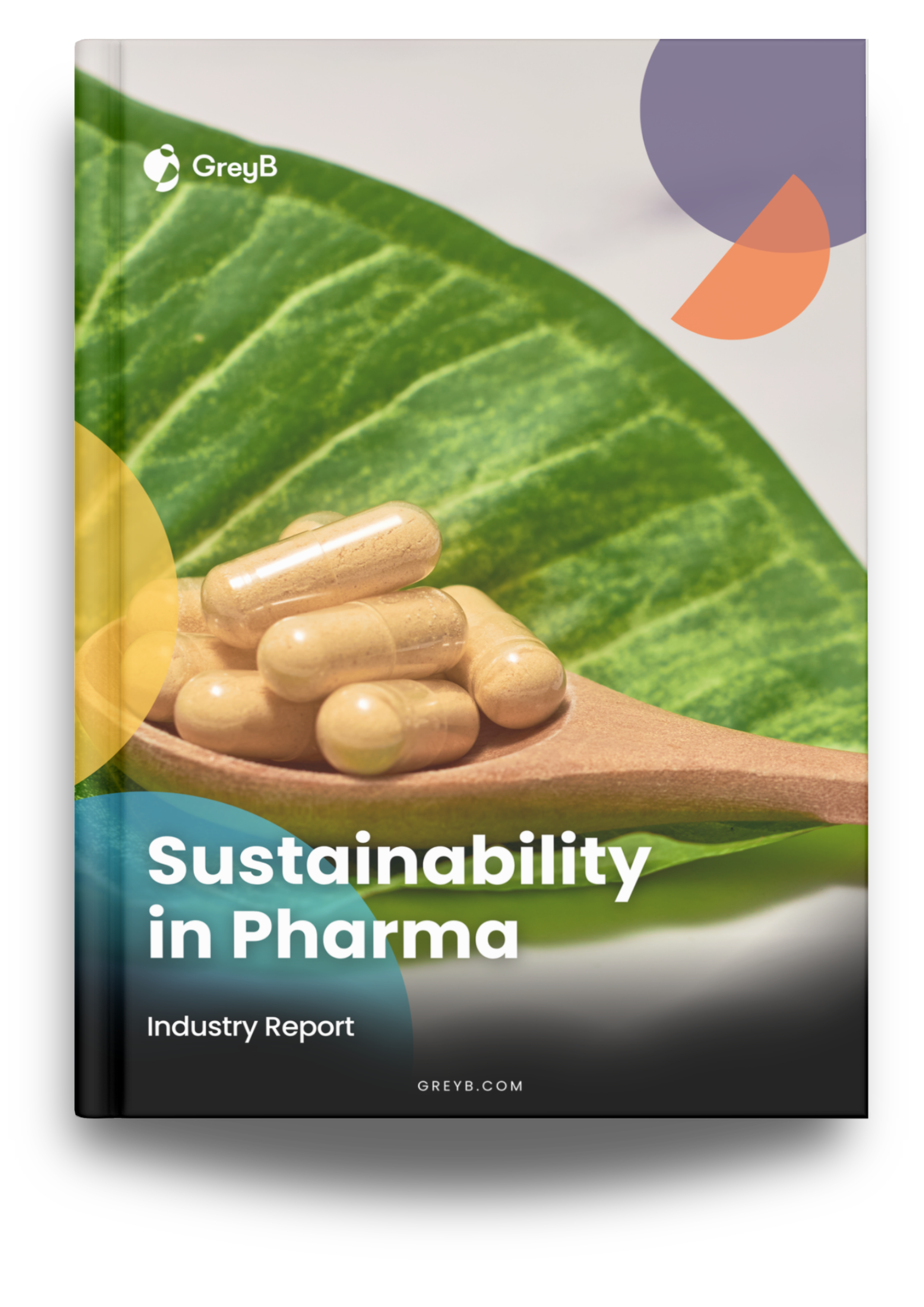
How is Novartis thinking about Sustainability?
Novartis Scaled Clean Energy Across Its Sites
Since joining the RE100 initiative in 2021, Novartis has steadily increased its adoption of renewable energy through several key initiatives. In 2024, 96% of purchased electricity came from renewable sources, up from 92% in 2023. Sites in North America and Europe already run entirely on renewable electricity through VPPAs.
Additionally, the pharma giant secured five Virtual Power Purchase Agreements (VPPAs) covering six solar and wind parks, adding 277 MW of clean energy to the grid.
In Türkiye, the company is installing Parabolic Trough Collectors (PTC) to cut carbon emissions at its Istanbul site. In China, Novartis’ agreement with Envision Energy is expected to reduce annual CO₂e emissions by 120,000 tonnes.
Novartis Switched to 100% Recycled Plastic to Rethink Device Design
Novartis redesigned the Omnitrope SurePal, a device used for injecting human growth hormone, by switching to 100% recycled polypropylene. The original device was made from virgin plastic, and the production process had a high carbon footprint. Novartis reduced the product case’s carbon footprint by 75% by transitioning to recycled polypropylene.
This new design also offers a clear user benefit. Users can now view the contents of the case without opening it, a feature recommended by Novartis’ Human Factor Engineering (HFE) experts.
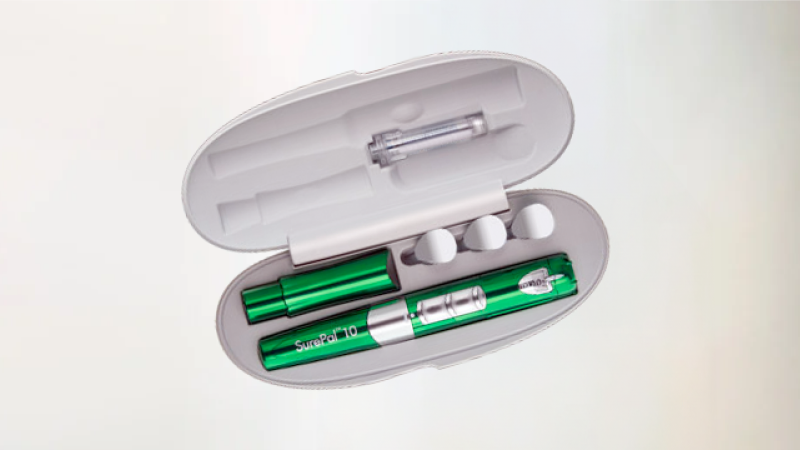
Novartis Tackled Scope 3 Emissions Through Supplier Action
Novartis is embedding sustainability across its supply chain by including environmental criteria in all supplier contracts by 2025. These criteria focus on reducing GHG emissions, promoting energy efficiency, and using renewable energy. To support compliance, the company has engaged suppliers in the Energize initiative, which strengthens renewable electricity procurement capabilities.
Novartis has also introduced an Environmental Sustainability Supplier Playbook. Shared with more than 1,000 suppliers, the book provides practical guidance to help them transition toward sustainable business models. According to the latest report, 76% of Novartis’ Scope 3 emissions are covered by these contracts, a 19% increase from the previous year. Notably, suppliers responsible for over two-thirds of Scope 3 emissions have already been onboarded.
Novartis closely collaborates with partners to reduce carbon footprints, requiring suppliers to implement concrete action plans. These plans ensure regular monitoring, progress reporting, risk mitigation, and corrective action in the event of non-compliance.
Reducing Water Use in High-Risk Regions
Novartis aims to reduce water consumption at its own facilities and supplier sites located in water-stressed regions by 2030. It has set site-specific reduction targets for these critical areas. In Singapore, the company has employed reverse osmosis units to recycle water, highlighting the growing adoption of innovative solutions.
Earning Sustainable Lab Certifications
In 2024, Novartis received the ‘Commercial Catalyst Award’ from My Green Lab for its leadership in sustainable product innovation. Today, 96% of its technical R&D labs are certified under this program, a benchmark recognized by the UN’s Race to Zero campaign.
Novartis Turned Everyday Office Life Into a Climate Action Plan
Novartis’ ČSOB headquarters in Prague features eco-friendly design elements like rooftop beekeeping, lush office plants, and rainwater irrigation. The company promotes a sustainable work culture by reducing food waste through surplus meal donations and using only recycled paper.

These are just a few initiatives from Novartis’ broader published sustainability road-map of carbon-neutral operations by 2025 and net-zero value-chain emissions by 2040. Its patent portfolio targets the pharma industry’s two most significant environmental hotspots: the use of polar aprotic solvents like DMF, NMP, and DMAc, and energy-intensive purification.
Keeping up with such R&D activities is key to maintaining the competitive edge. Stay one step ahead with proactive competitive research on our AI-based research tool, Slate. Just ask, “What are the recent patents around sustainability by Novartis?“
What are the recent patents around sustainability by Novartis?
How is Sanofi advancing its sustainability initiatives?
Building Cleaner Factories for a Low-Carbon Future
Sanofi aims to achieve 100% renewable electricity across global manufacturing by 2025. Its North American site has already reached this milestone. The company signed long-term PPAs in France and Mexico and co-launched the ENERGIZE program to support suppliers in transitioning to renewable energy. The company is decarbonizing its supply chain and designing new factories with low environmental impact.
Sanofi Surpassed Its 2030 Water Goal Seven Years Early
Sanofi recycles water at 24 sites worldwide under the Alliance for Water Stewardship. Its major facilities in France, Belgium, and Italy are leading ambitious wastewater reuse initiatives. Sanofi reduced global water withdrawals by 18% in 2023 through measures like rainwater harvesting and optimized cooling systems. This has already surpassed its 2030 goal of a 15% reduction.
Their Eco-Design Strategy Is Changing Product and Process
Sanofi’s circular design strategy includes PVC-free initiatives, plastic-free vaccine packaging, and enzyme-based eco-design in insulin production. These steps are driving significant reductions in water use and CO₂ emissions.
The company is redesigning its Pre-Filled Safety Syringe (PFS-S) by transitioning to mono-material plastic. It now uses PET/PETG with 50% chemically recycled content. Additionally, Sanofi has joined the Blister Pack Collective, alongside PA Consulting and PulPac, to develop fiber-based blister packs using Dry Molded Fiber technology. These packs are recyclable in paper waste streams and could cut CO₂ emissions by up to 80% compared to traditional plastic packaging. The company plans to achieve 100% blister-free packaging by 2027 using significant investments, internal resources, and end-user practice change management. The initiative helps Sanofi become PPWR-compliant.
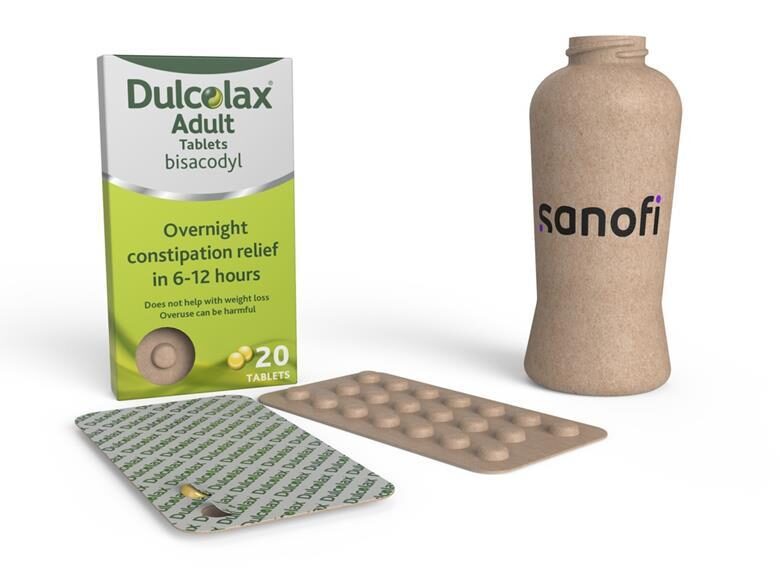
At the Val de Reuil site in France, Sanofi is piloting cryopak reuse loops to cut waste and emissions. This sustainable system manages cryogenic shipping containers for transporting temperature-sensitive products, such as vaccines, biologics, and enzymes. The site also grinds polypropylene and polystyrene waste on-site and sends it directly for recycling. This eliminates the need for incineration, supporting Sanofi’s broader waste reduction goals.
The TouStar Toujeo® reusable pen showcases Sanofi’s leadership in eco-design. The first-in-class product earned the Pharmapack Eco-Design Award and the Good Design Award in 2022.
Sanofi Is Making Its Labs More Sustainable and Inclusive
Sanofi’s facilities are certified to the highest sustainability standards, including LEED and WELL Gold. The pharma giant has introduced Eppendorf Tubes® BioBased to improve sustainability in its laboratories. Made from 90% biobased polypropylene, these centrifuge tubes help cut down the use of fossil resources.
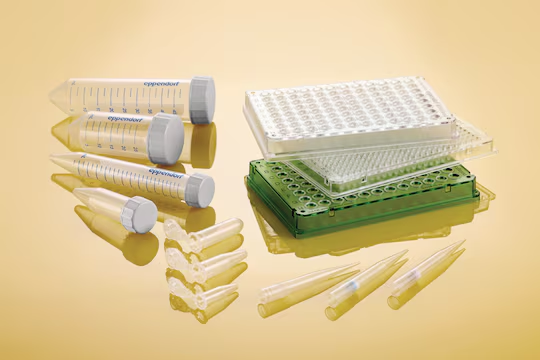
Additionally, Sanofi Cambridge has partnered with Seeding Labs to donate reasonably conditioned laboratory tools and equipment to students, scientists, and researchers in developing countries. The company also works with Kits4Life to repurpose unused clinical trial lab kits for humanitarian aid.
How Pfizer is Strengthening Its Sustainability Strategy?
Pfizer Plans to Cover 100% of Electricity With Renewables
In October 2021, Pfizer entered into a virtual power purchase agreement (VPPA) with Vesper Energy. Under this 15-year arrangement, Pfizer will effectively receive 310 MW of renewable energy from Vesper’s Hornet Solar project in West Texas.
As part of that roadmap, Pfizer has also signed several 15-year VPPAs in North America and Europe. These VPPAs will cover all of Pfizer’s purchased electricity for its manufacturing, R&D, and commercial sites.
How Pfizer Cut Hazardous Waste by 25% With Green Chemistry
Pfizer has cut hazardous waste production by 25% by applying green chemistry principles. The company has also redesigned drug packaging to utilize recyclable materials. The optimized blister packaging approach cuts down the materials used by 30%. This has eliminated over 200 tons of plastic in the last five years.
Pfizer is a member of the Pharmaceutical Product Stewardship Work Group (PPSWG), an industry coalition focused on managing collection schemes for unused medicines in the U.S. Pfizer supports initiatives to ensure patients have access to information about proper disposal and actively participates in the work of the PPSWG to facilitate the appropriate disposal of unwanted medicines.
Certified 19 Labs With the My Green Lab Standard
In 2023, Pfizer adopted the My Green Labs (MGL) Certification program at its Cambridge site. In 2023, 19 laboratories across Pfizer’s research sites, including Cambridge, Boulder, Groton, Pearl River, and Andover, earned MGL Certifications.
Turned Tornado Debris Into Energy Recovery
Following a July 2023 tornado, Pfizer redirected 8.6 million kg of waste from landfills to waste-to-energy facilities. Since 2019, the company has reduced operational waste sent to landfills by more than 5.4 million kg.
How Novo Nordisk is Building a More Sustainable Future?
Novo Nordisk Is Using Recycling and E-Methanol to Cut Emissions
Novo Nordisk‘s commitment to sustainability is embedded in its ‘Circular for Zero’ initiative, which integrates multiple environmental goals. The company has announced an ambitious plan to become nature-positive by 2045 and halt nature loss in its value chain by 2033.
The company is scaling up its ReMed™ program to promote the recycling of used injection pens. The take-back scheme aims to avoid plastic waste ending up in landfills. The scheme is now active in seven key markets, including Denmark. The same collaborative model will be piloted in the UK in 2025.
In 2024, the pharma giant launched an Industrial partnership to buy e-methanol to produce a lower-carbon alternative. The production is expected to commence in 2025 and continue on an ongoing basis.
Novo Nordisk’s Awiqli® is the world’s first once-weekly basal insulin. It cuts the plastic footprint of treatment by about two-thirds versus daily injections. The product has launched in Canada, Germany, and China.
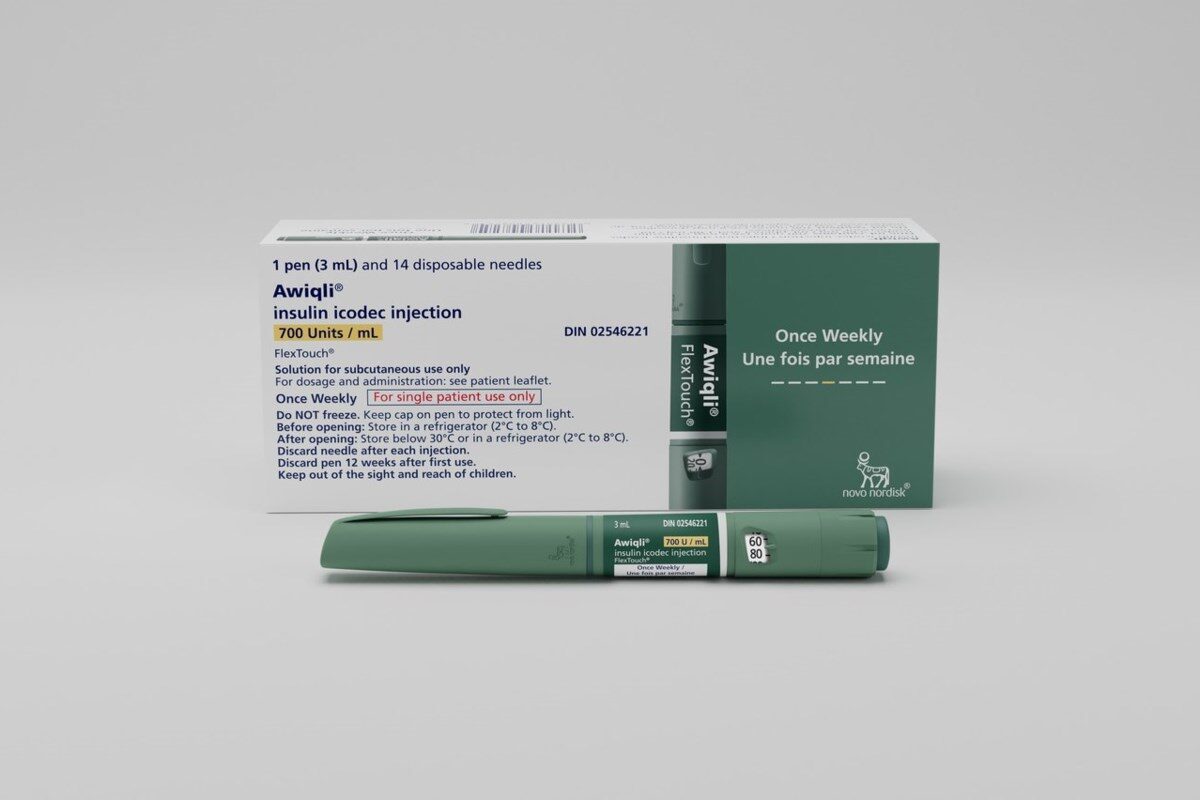
Moving Beyond Animal-Derived Safety Tests
Novo Nordisk is phasing out the use of endangered species in safety testing. It has eliminated Tachypleus species and is moving toward regulatory approval for alternatives to Limulus polyphemus.
Path Forward: Turning Scattered Insights into Strategic Action
Keeping up with competitor activity can help benchmark and reduce uncertainty about the feasibility of sustainability initiatives. It can help you spot novel technologies, materials, and practices to adopt. However, this information is scattered across ESG reports, scientific papers, and press releases, making it difficult to gain a cohesive, actionable understanding.
Planning your 2026 sustainability roadmap?
Get detailed competitor insights to benchmark your strategy against industry leaders. Fill out the form and connect with our experts today.
Get in touch with our experts
Submit your queries

